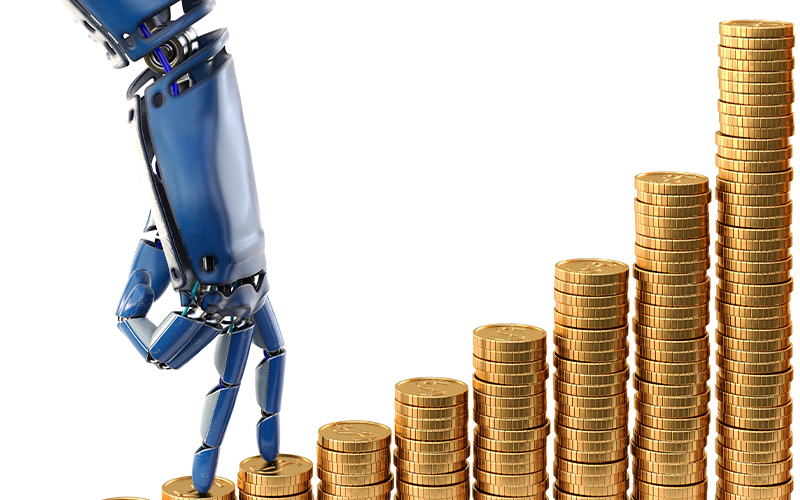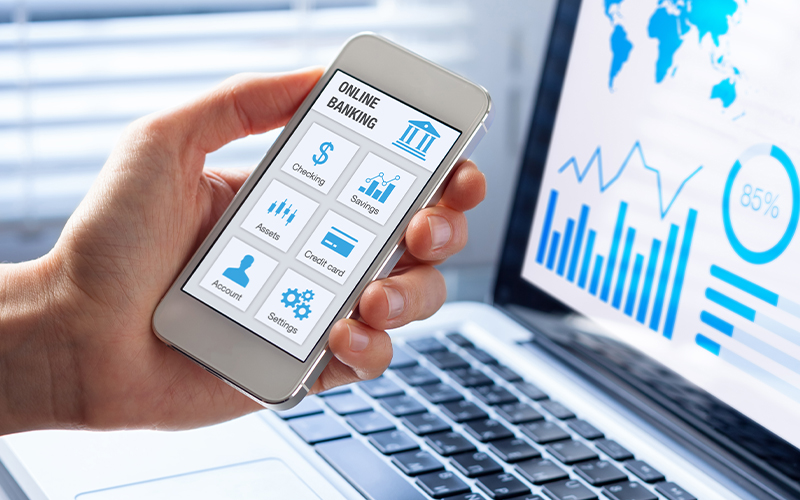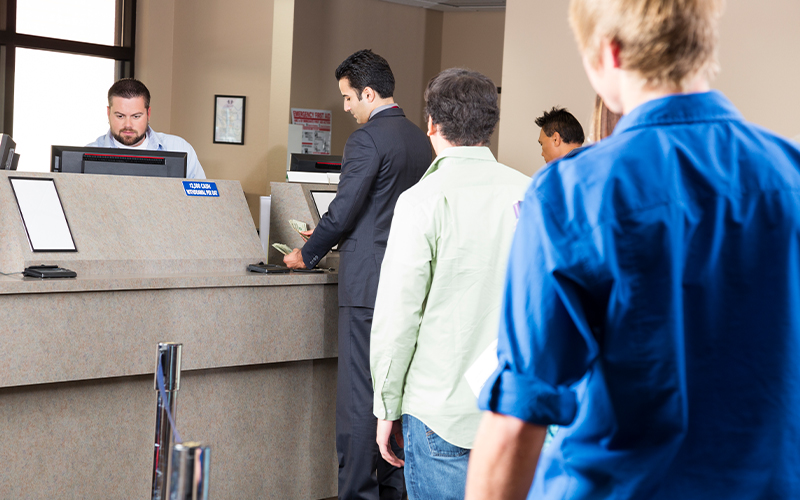Financial Services
Emerging tax technology: Digitalising tax functions
Early business models were based on a brick-and-mortar economy with offices and employees working out of those offices every day. Even tax rules were laid accordingly. But, when the digital wave struck, business paradigms shifted radically. A suitable example of this would be the aggregator business model. Also called the on-demand model, it networks and organises a particular industry (like food, taxis, hotels etc.) to sell that sector’s services under one brand, but without owning any of the individual service providers. Take, for example, Uber. It is the largest taxi aggregator but does not own any of the cabs.
Many new business models also do away with the need for conventional offices and full-time employees, replacing them with global virtual offices and on-demand staff. This challenged the decades-old tax policies. New tax rules were inevitable to fill the gaps.
Today, there is increased scrutiny at a transactional level. To add to this, tax authorities are also digitalising tax administration. So, the tax leaders of an organisation are faced with a challenging situation. Not only do they need to adopt the new policies in their tax function, but they also must do so in a cost-effective way.
The situation requires tax technology to be augmented. To do this, there needs to be a clear understanding of the parts of the tax function that can be optimised and how to go about it.
Probable areas for tax technology adoption
- Data compilation and reconciliation
- Governance
- Analysis
- Capacious, monotonous errands
A lot of time is spent on gathering and compiling tax-related data. Since the data is spread across many systems such as Enterprise Resource Planning (ERP) platforms, spreadsheets, and legacy systems, collecting and compiling it for tax compliance, statutory and reporting purposes is a rigorous activity. This area presents significant scope for automation.
Data can be gathered in a ‘Tax Data Warehouse’ by using database processing features such as Data Ingestion and ETL (Extract, Transform and Load) while OLAP (Online Analytical Processing) can be leveraged for analysing it.
The advantage of digitising this function is that the tax function gets full control over its data. Data between various data sets can be easily reconciled (for example, ERP against Invoice Registration Portal (IRP), GL summaries against taxed transactions, etc.), data retrieval becomes smooth, and significant time gets saved.
With tax authorities implementing faceless assessments and appeals, organisations are required to be ready with tax data and documents. However, even now, tax status is maintained in spreadsheets on shared drives. This method of information storage does not offer day-to-day insights into tax provisions and tax refunds.
Digital tax compliance solutions and litigation tracker solutions can help overcome these drawbacks. These solutions can offer visibility on all tax-related information and trigger alerts on upcoming due-dates and hearings.
Digitalising this aspect can be made further economical with the SaaS (Software as a Service) model, by which the cost of creating and maintaining IT infrastructure can be brought down significantly.
With digitised solutions for tax reconciliation, tax authorities are now able to audit direct and indirect taxes across the supply chain.
But before submitting tax reports for audit, it would be of immense help to tax leaders if they could proactively identify and correct inaccuracies, reconcile inconsistencies and stem leakages at a transactional level. Data analytics can come in useful here and improve tax processes by going into details on several purchase and sales exceptions at a detailed level.
Going forward, technologies that facilitate annual tax statement reconciliation could be of great help in digitally transforming tax governance.
There are many tax activities that are iterative and laborious that require a significant amount of time devoted to them.
Robotic Process Automation (RPA) technology can bring agility* by curtailing time consumed on such tasks considerably by processing voluminous, tax-related humdrum across a motley of applications and furnishing output in desired formats with minimal human intrusion.An indispensable finance function
Tax technology and digital transformation is a significant growth area that has the potential to transform the operations of a business’s tax function. Tax functions are rapidly getting digitised to keep pace with disruptive technologies and conform to increasing regulatory reporting mandates.
A business’s tax function is much more than just a matter of compliance, and tax leaders can empower businesses by adding value and transparency with the emergence of tax technologies.
* For organizations on the digital transformation journey, agility is key in responding to a rapidly changing technology and business landscape. Now more than ever, it is crucial to deliver and exceed on organizational expectations with a robust digital mindset backed by innovation. Enabling businesses to sense, learn, respond, and evolve like a living organism, will be imperative for business excellence going forward. A comprehensive, yet modular suite of services is doing exactly that. Equipping organizations with intuitive decision-making automatically at scale, actionable insights based on real-time solutions, anytime/anywhere experience, and in-depth data visibility across functions leading to hyper-productivity, Live Enterprise is building connected organizations that are innovating collaboratively for the future.






